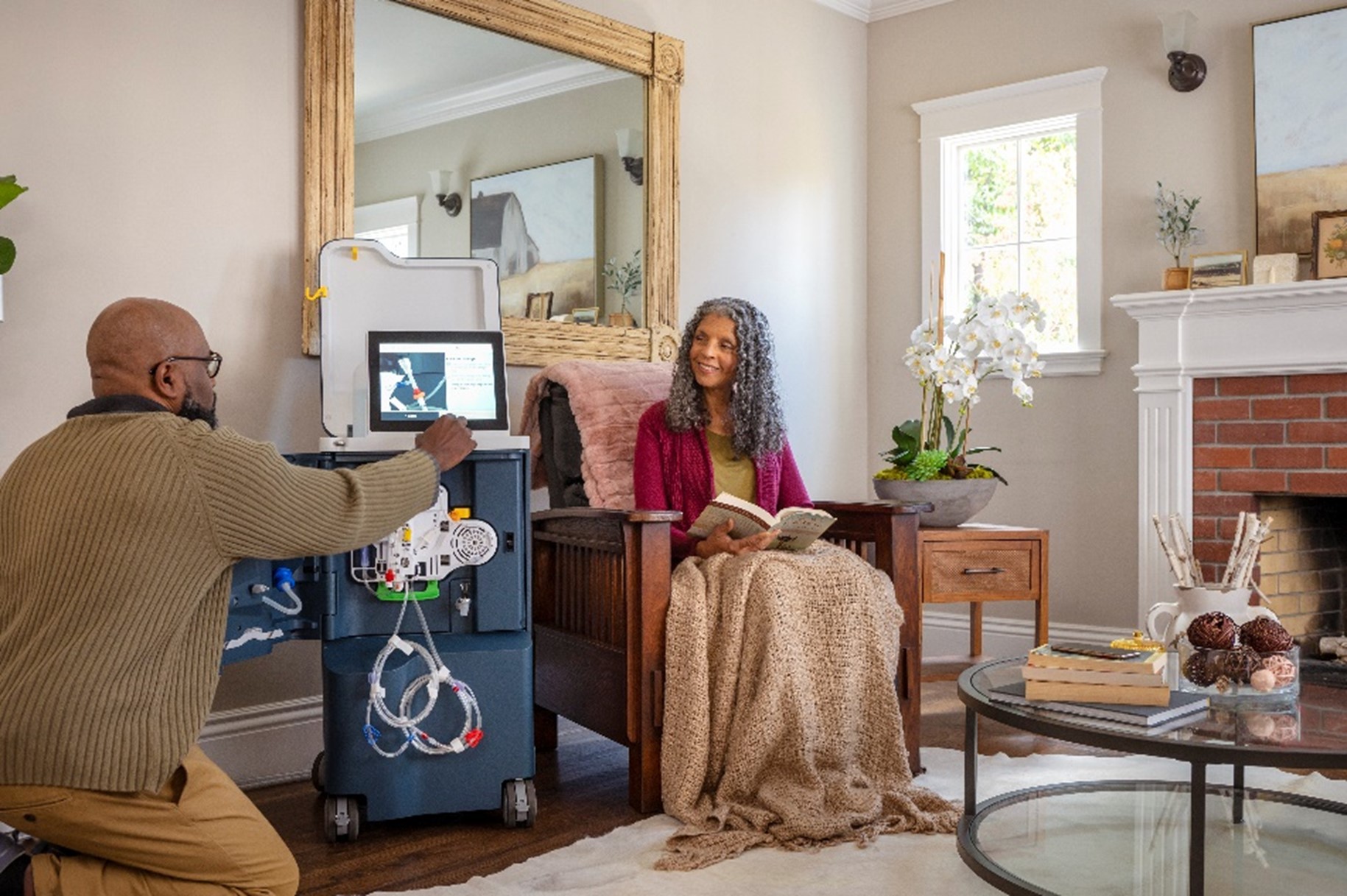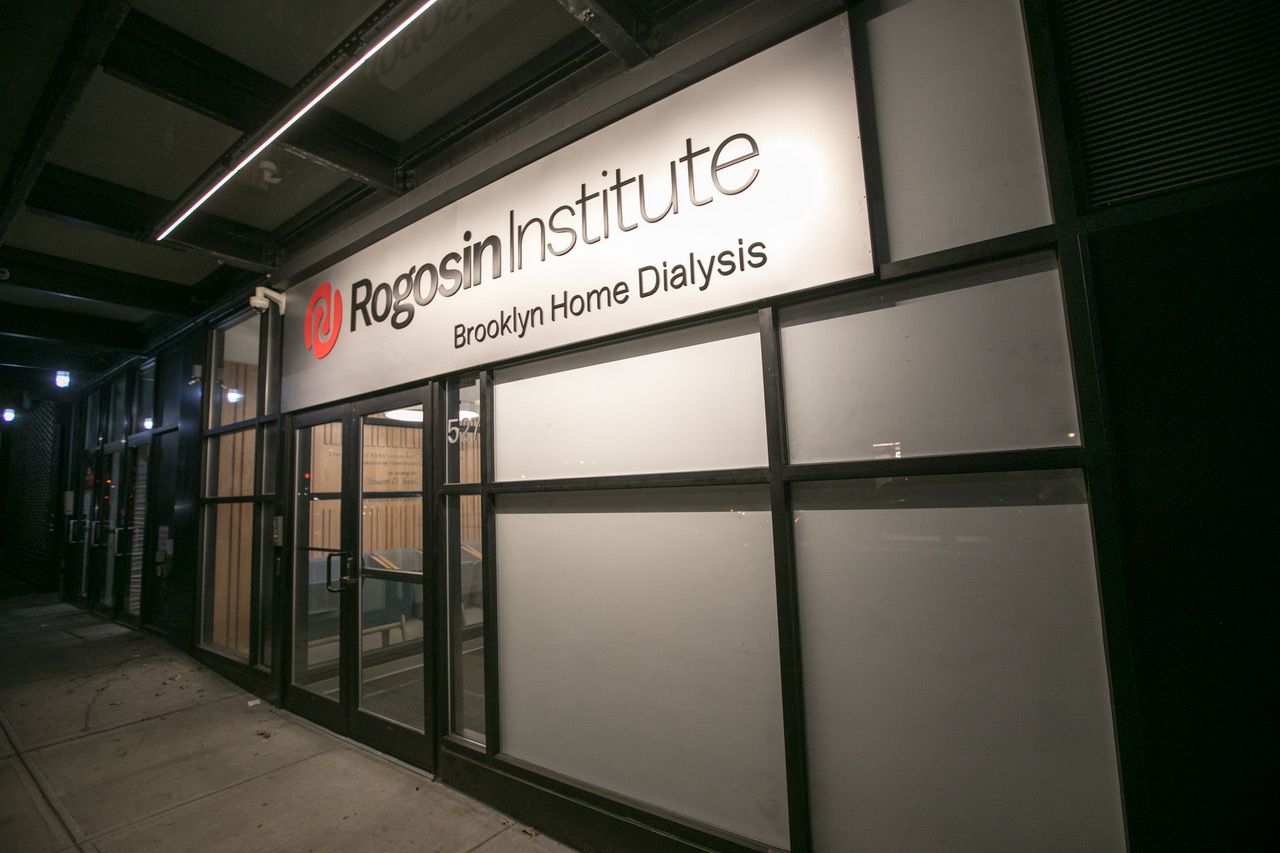Can New Technology Make Home Dialysis a More Realistic Option?

Summary
Innovations such as Tablo promise to make dialysis easier and more convenient for patients than in-center treatment, as explained in this story in The New York Times. The article points out that although significant barriers remain to sending more patients home to manage their dialysis, positive clinical evidence is growing and patient outcomes including a higher quality of life are a powerful force for change.
As noted in The New York Times story, chronic kidney disease (CKD) is a costly and growing problem in the U.S., currently affecting one in seven adults according to recent data, with a patient population expected to grow at double-digit rates over the next decade. Technological innovations such as the easy to learn and use Tablo® Hemodialysis System from Outset Medical are promising to help meet the clear and expanding need for home dialysis.
CMS, or the Centers for Medicare & Medicaid Services, the federal agency that covers most of the costs of dialysis equipment and supplies for end-stage renal disease (ESRD) patients regardless of which machine is used, is supportive of home dialysis – both as a potential cost saver for the healthcare system and a quality-of-life-enhancing option for patients. However, socioeconomic and other barriers are currently limiting more patients from choosing home dialysis. Outset is working to address these issues with its patient-friendly dialysis system, so that more patients can enjoy the flexibility, freedom and clinically proven health benefits of treating at home. In the opinion of Tablo home dialysis patient, Paul Hall, spotlighted in the story, “There’s no place like home.”
The article referenced in this post was written by Dawn MacKeen of The New York Times. It is part of Upstart, a series from The New York Times about companies harnessing new science and technology to solve challenges in their industries.

